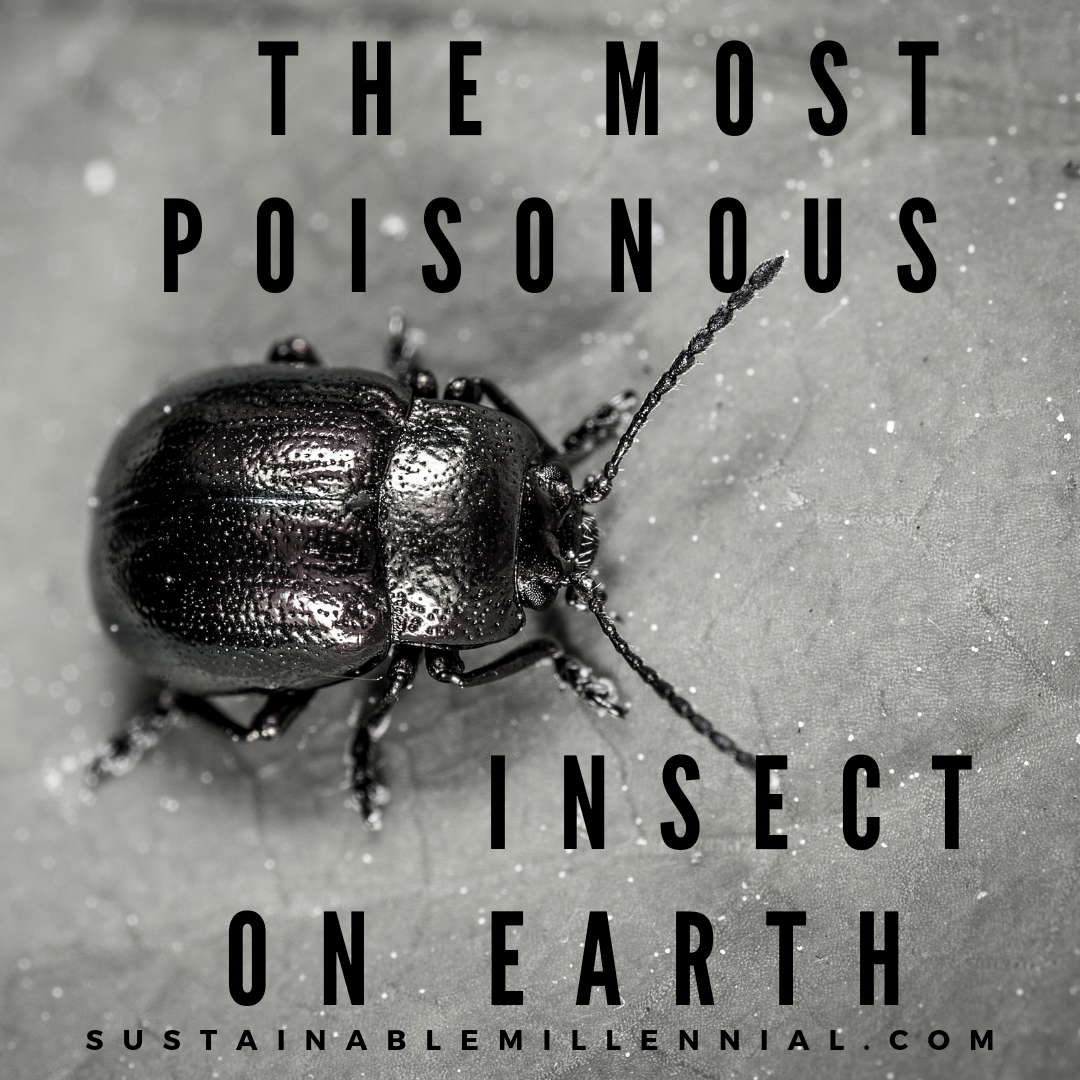I Ventured to One of the Finest Vegan Dining Establishments in the Greater NYC Area
On April 6, in the year twenty nineteen, two unsuspecting (sustainable) millennials found themselves at IKEA, after having been cajoled into an airport ride for a dear family member, leaving their poorest and youngest daughter to watch the pets. Exercising a newfound sense of self control, the two meandered through the gargantuan, iconic blue and yellow building, adding only items of necessity to their giant yellow sac. After perusing the “As-Is” section,..as everyone should, the two stepped into to the Bistro to fetch some Nordic perishable goods.
The menu shocked the pair, as there was a combo meal of “Two Veggie Dogs and a Fountain Drink for $2 & Change”. After a mind-numbing 15 minute wait in the acclaimed IKEA fast food line, a combo was ordered. The order contained two veggie dogs (kale, red lentils, quinoa, onion, and carrots), on an untoasted white hot dog bun, with pickled red cabbage, and roasted red onions. The sustenance of the meal, the veggie dog, was flavorful. The hot dog bun was bland, but the toppings compensated for it. It was finished off with a sweet & spicy mustard, which snuffed out any potential for dozing off during this meal.
Vegan and vegetarian retailers in Elizabeth, New Jersey will have to improvise if they want to compete against the wild success of IKEA’s veggie dogs. People everywhere are crossing their fingers that their beloved fellow American citizens will stop voluntarily ingesting the “meat” that is commonly known as “pink slime”.
Photo by @timounesays
As late as this year, in February of 2019, the US Federal Government sided with a large company in a dispute over the safety and labeling of their "meat product”. In essence, they were given approval by the government to label the famous “pink slime” as “ground beef”. Now either the United States has abysmal standards when it comes to what can be dubbed as meat, or something is amiss in our current administration.
According to an ABC News Report, “As cattle carcasses are turned into steaks at a processing plant, knife-wielding workers cut fatty edges off the meat. These carcass cuttings, or “trim”—about 1/3 of each animal’s weight —contain small portions of edible meat, which can be used to make ground beef. The challenge is that hamburger makers always have a target fat content in mind. According to USDA, ground beef can’t contain more than 30 percent fat, while “lean” ground beef, for instance, must contain less than 22.5 percent fat. How to make sure that the standard trim coming off cattle—typically 50 percent meat, 50 percent fat—ultimately results in a product that hits the precise fat content required?
That’s where Beef Products Inc (BPI) comes in. Is “ground beef” the right term for meat mechanically ground by centrifuge?
BPI has a symbiotic relationship with a Tyson Foods plant in Dakota City, Nebraska, where its facility was built right next to the slaughterhouse. (In the wake of the ABC News report, the company’s orders plunged from 5 million pounds a week to 1.5 million, ultimately forcing BPI to closes the three other plants it maintained across the country.) Tyson’s beef trim is ferried over from the kill floor to BPI’s plant by conveyor, where it’s warmed to about 100 degrees and sent through a centrifuge that separates the fat from the meat. The liquified fat can then be sold as tallow, while the resulting meat—which the industry has called “lean finely textured beef,” or “boneless beef trimmings” in the past—is nearly fatless. BPI says its product is 95 percent lean, so only five percent fat.
That product is then sterilized with a strong puff of ammonia gas to kill pathogens, as beef trimmings are especially susceptible to contamination. (Ammonia might sound scary, but it’s a common food additive and processing agent that’s generally regarded to be safe in small amounts.) From there, it’s sold to meatpackers who mix it in with their ground beef to lower the fat content as desired. For decades, it was a booming business, and BPI had claimed that its product was present in over 70 percent of ground beef sold in the U.S. before 2012.”
Many Americans view the coming months as an opportune time to celebrate life, freedom, and patriotism. But perhaps 2019 is the year that we wake up to not only the reality of the climate and the effect that eating red meat has on greenhouse gas emissions, but on the toxic, harmful chemicals that are in these highly processed meat products that consumers have grown accustomed to blindly consuming.








